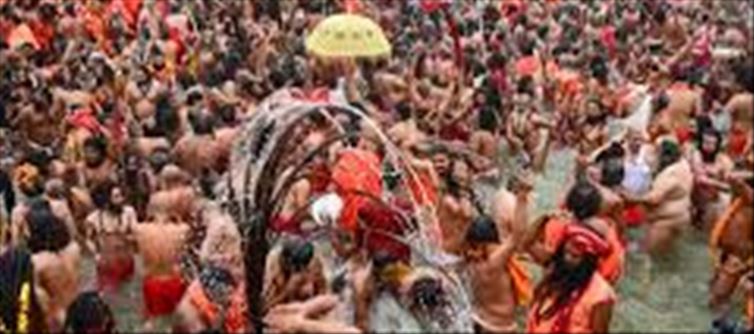
Akharas in Maha Kumbh; Know the history...
Mahakumbh mela is one of the biggest and historical religious events of India, which is organized every 12 years in four major cities, Prayagraj, Haridwar, ujjain and Nashik. This fair is not only important from the religious point of view, but it is also a living symbol of indian culture and spirituality. A special place in this maha Kumbh mela is of Akharas, which act as the guardians of the ancient traditions and beliefs of Sanatan Dharma. The history of Akharas and their contribution is invaluable in Maha Kumbh, because these religious institutions are not only a part of the spiritual journey of saints and sages, but have also become an important part of the religious unity and cultural heritage of indian society.
What is an Akharas?
Akharas are monasteries that gather sadhus (ascetics) under special spiritual traditions and practices. They serve as centers of study, spirituality and governance for their members. This tradition was started by Adi Shankaracharya. It was he who named the organizations of sadhus and saints as 'Akhada'.
A total of 13 major Akhadas associated with Shaiva, Vaishnava and Udasi sects are recognized in India. These Akhadas include seven Akhadas of Shaiva sect, three of Bairagi Vaishnava sect and three of Udasi sect.
The names of these Akharas are Shri Panch Dashnam Juna (Bhairav) Akhara, Shri Panch Dashnam Aawahan Akhara, Shri Shambhu Panch Agni Akhara, Shri Shambhu panchayati Atal Akhara, Shri panchayati Mahanirvani Akhara, panchayati Akhara Shri Niranjani, Shri Panch Nirmohi Ani Akhara, Shri Panch Digambar Ani Akhara, Shri Panch Nirvani Ani Akhara, Taponidhi Shri anand Akhara, Shri panchayati Akhara Naya Udasin, Shri panchayati Akhara Nirmal, Shri panchayati Akhara Bada Udasin. The history of these Akharas is very old and their existence has been going on for centuries.
Purpose of Akharas
In ancient times, Adi Shankaracharya had established organizations of sadhus proficient in both weapons and scriptures to protect Hinduism. The main purpose of these Akharas was to preserve religious traditions, as well as to protect religion and holy places when needed. Akharas like naga Sadhu are examples of this, who keep the traditions of war and weaponry alive even today.




 click and follow Indiaherald WhatsApp channel
click and follow Indiaherald WhatsApp channel